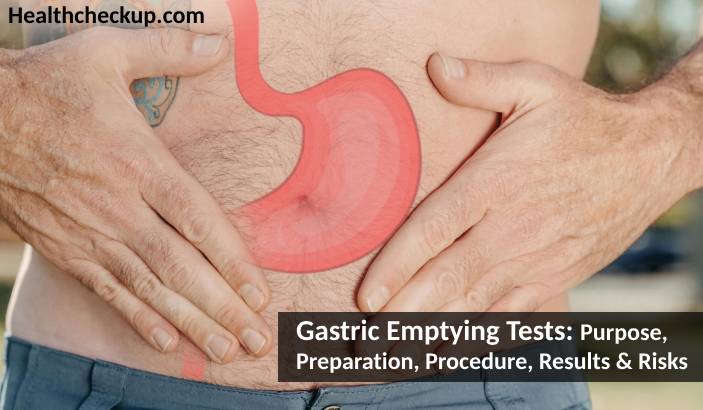Gastric emptying tests are used to measure the speed at which food leaves the stomach and enters the small intestine. These tests are crucial for diagnosing conditions that affect the rate of gastric emptying, such as gastroparesis or delayed gastric emptying, which can lead to symptoms like nausea, vomiting, bloating, and abdominal pain.
Purpose of Gastric Emptying Tests
- Diagnosing Gastroparesis: The primary purpose of a gastric emptying test is to diagnose gastroparesis, a condition where the stomach takes too long to empty its contents.
- Evaluating Symptoms: It helps in evaluating symptoms such as nausea, vomiting, fullness, and bloating, especially when these symptoms are related to eating.
- Guiding Treatment: The test results guide the treatment plan, including dietary changes and medications.
Preparation for the Test
- Diet and Medication Restrictions: Patients are typically instructed to avoid eating or drinking anything after midnight before the test. Certain medications that can affect gastric motility may need to be paused or adjusted before the test.
- Special Instructions: Specific instructions may be provided depending on the type of gastric emptying test being conducted. For example, avoiding certain types of foods or medications for a period leading up to the test.
Procedure of Gastric Emptying Tests
- Consumption of a Test Meal: The test typically starts with the patient consuming a standard test meal that might include solid, semi-solid, or liquid food labeled with a small amount of radioactive material.
- Scanning: After consuming the meal, the patient’s stomach is scanned with a gamma camera at specific time intervals to monitor the rate at which the meal is digested and leaves the stomach.
- Duration: The test can last for about 4 hours for solids and shorter for liquids, during which multiple scans are taken to track the progress of the meal through the stomach.
Normal Range
- Interpretation of Rates: A normal result means that 50% of the solid meal should leave the stomach within about 90 to 120 minutes. For liquids, the emptying time is typically faster.
- Variations by Age and Sex: Normal values can vary based on age, sex, and the specific protocol used by the testing facility.
Results Interpretation
- Normal Gastric Emptying: If the test shows that the gastric emptying rate is within the normal range, it is unlikely that the patient’s symptoms are due to abnormal gastric emptying.
- Delayed Emptying: If the test shows delayed emptying, this suggests gastroparesis or another disorder that slows gastric motility, aiding in the diagnosis and treatment planning.
- Rapid Emptying: Rarely, the test might show that food leaves the stomach too quickly, a condition known as rapid gastric emptying or dumping syndrome, which requires different management.
Risks Associated with the Test
- Radiation Exposure: Since the test involves the use of a radioactive material, there is a small risk associated with radiation exposure. However, the amount of radiation used is typically low and considered safe for most individuals.
- Allergic Reactions: There is a slight risk of an allergic reaction to the materials used in the test meal, although this is rare.
- Discomfort or Nausea: Some patients may experience discomfort or nausea from eating the test meal, especially if they are already experiencing gastrointestinal symptoms.
Gastric emptying tests provide essential information about the rate at which the stomach empties. They are crucial for diagnosing disorders like gastroparesis, guiding the management of symptoms that affect the quality of life, and tailoring treatment strategies that may include dietary modifications, medications, or even surgery.
I specialize in writing about health, medical conditions, and healthcare, drawing extensively from scientific research. Over the course of my career, I have published widely on topics related to health, medicine, and education. My work has appeared in leading blogs and editorial columns.








